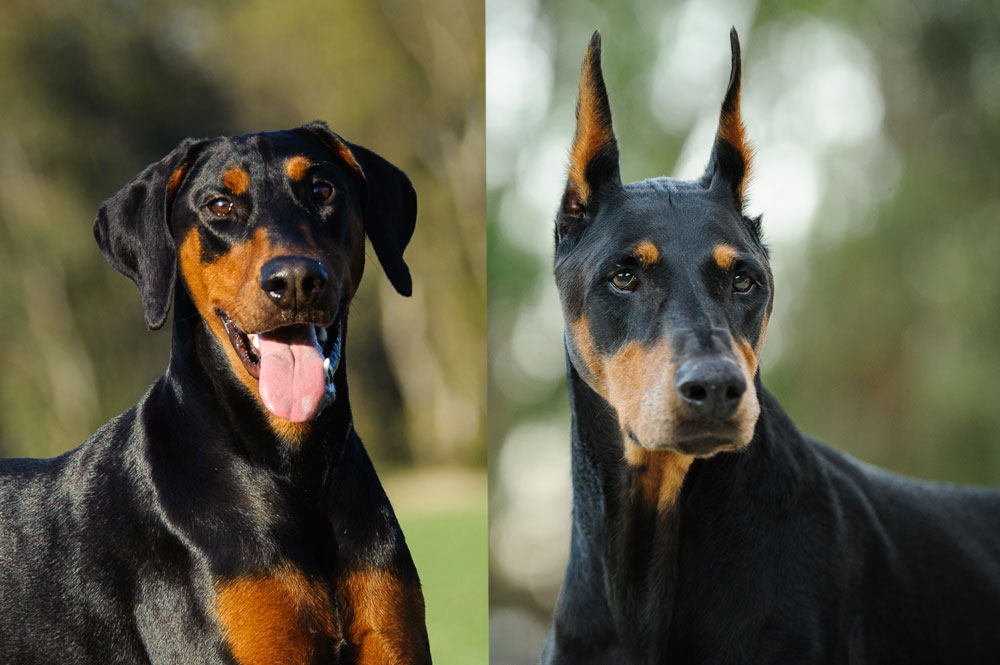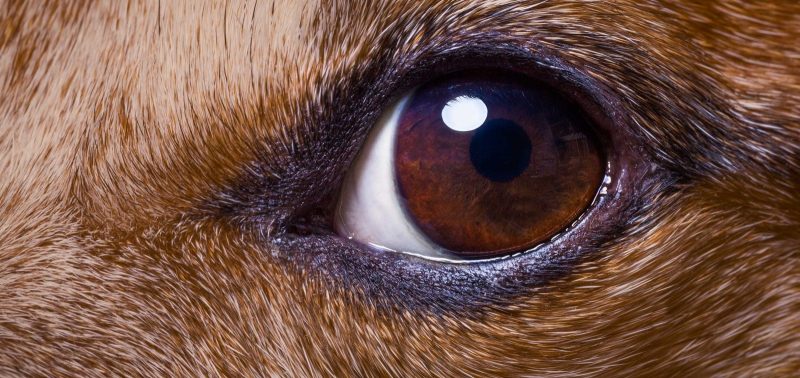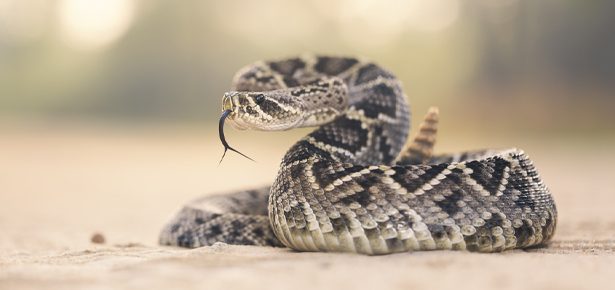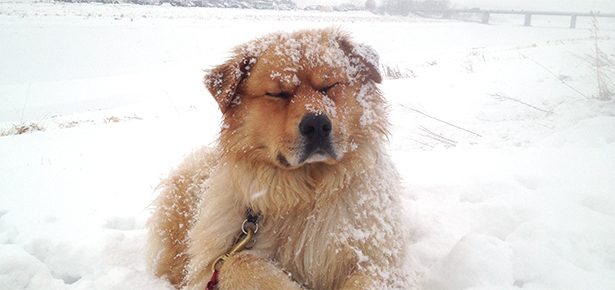

The Truth Behind Tail Docking and Ear Cropping
What you need to know about tail docking and ear cropping
Tail docking and ear cropping have been done for cosmetic purposes for quite a long time, but it’s time for the era of intentional mutilation to end. Here’s everything you need to know about both tail docking and ear cropping.
Tail docking is usually done when a dog is just a few days old as their tail is still “soft”. It involves cutting through skin, muscle, nerves, cartilage, and vertebrae without anesthesia or sedation, making it an incredibly painful procedure that can have lasting psychological effects on a dog. The American Veterinary Medical Association states that “painful procedures conducted in the neonatal period when the nervous system is vulnerable can result in negative long-term changes which affect how pain is processed and perceived later in life.”
Tail docking is sometimes necessary for medical reasons, for instance, if a dog has injured their tail beyond repair and amputation is necessary to improve the dog’s quality of life. Many owners of working dogs dock their dog’s tail as a preventative measure for this type of injury. However, as the AMVA notes, one of the largest studies on tail docking in working dogs found that approximately 500 dogs would need to have their tails docked in order to prevent one injury. Needless to say, these are not good odds. In non-working dogs, specifically show dogs, tail cropping is purely cosmetic. Some show breeds are even required to have their tails docked.
Ear cropping involves cutting the pinna (the outside of the ear) into a desired shape, which, in some cases causes the ear to stand on its own. In other cases, additional taping and bandaging is required to force the ears to stand. Thankfully, anesthetic is used during ear cropping, but this does not mean the dog doesn’t experience any pain. Using anesthesia has its own risks, namely allergic reactions and hypotension (low blood pressure), and the recovery process can be incredibly difficult. As with any incision, healing can be uncomfortable and even painful, especially if the ears need bandage or tape changes. There is also potential for the procedure to fail, resulting in ears that don’t stand or that become misshapen, or the procedure may cause an infection at the site of the incision. This is a lot of risk for a cosmetic surgery unnecessary to the dog’s survival.
One of the major arguments in support of ear cropping is that it helps prevent infections in breeds with hanging ears. The American Veterinary Medical Association dispels this notion that all hanging-ear breeds are prone to infections, and say infections must be considered on a breed-by-breed basis. They go on to say that the decrease of ear cropping in breeds such as the Dalmatian and the Anatolian Shepherd, who historically had their ears cropped but no longer do, saw no increase in detrimental effects after ear cropping surgeries on these breeds stopped. Furthermore, breeds that traditionally have cropped ears do not have the highest rates of ear infections, “thus it cannot be assumed that ear cropping has a medical purpose.”
Many people argue that tail docking or ear cropping is no different than spaying or neutering. After all, getting your dog fixed isn’t necessary to their survival, nor did they consent to it. However, spaying and neutering have many health benefits and helps fight overpopulation. There are strays wandering streets all over the world and full shelters that resort to euthanasia when they no longer have space. Spaying and neutering help keep unplanned litters from ending up in this position. Three can be no comparison between this beneficial procedure and one done for aesthetics.
We should be appreciating dogs in all their natural beauty, not altering them to be what we think they ought to be.
Join the newsletter and never miss out on dog content again!
"*" indicates required fields
By clicking the arrow, you agree to our web Terms of Use and Privacy & Cookie Policy. Easy unsubscribe links are provided in every email.






